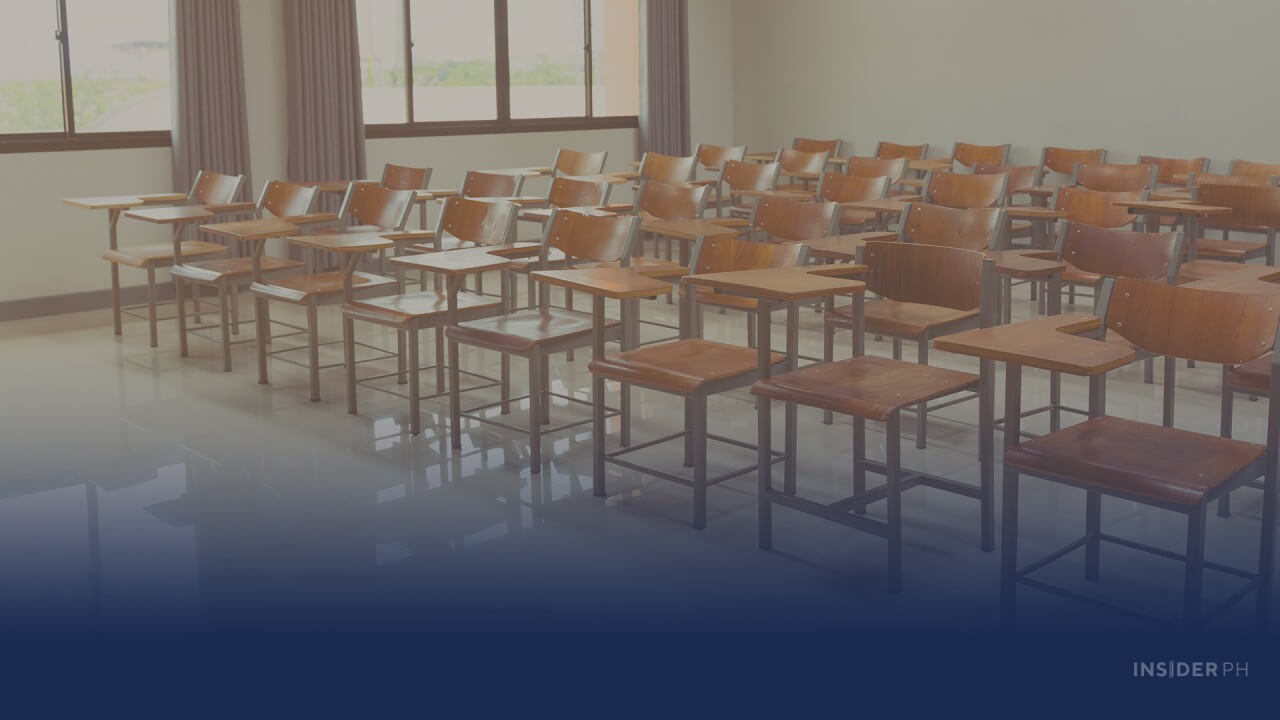

Traditionally, the government relies on public funds through the procurement approach under the New Government Procurement Act, engaging contractors via the Department of Public Works and Highways (DPWH), DepEd, or local government units (LGUs). While this remains a viable option, it may not be enough to close the gap.
The PPP option
Another pathway is through Public-Private Partnerships (PPPs), a mechanism proven effective in classroom construction. In fact, DepEd previously delivered 20,000 classrooms under the Build-Operate-Transfer (BOT) Law:
First batch (10,000 classrooms, Build-Lease-Transfer scheme): The private sector financed, designed, and built the classrooms, leasing them to DepEd until full amortization was completed. Once paid, ownership was transferred to the government.
Second batch (10,000 classrooms, Build-Transfer scheme): Private proponents designed and constructed classrooms, which DepEd acquired upon turnover.
These models remain relevant and can be replicated or enhanced under the PPP Code of the Philippines.
Framework under the PPP Code
The PPP Code empowers implementing agencies such as DepEd, DPWH, or LGUs to partner with private entities for infrastructure and development projects. Collaboration can be structured in several ways:
DepEd + DPWH: Approval may be joint or separate.
DepEd + LGU: A joint committee may be established, or approvals may pass through the Investment Coordination Committee and the concerned Sanggunian.
Two LGUs: Approval may come from DepEd, a supervising LGU (e.g., a province), or separately by the LGUs involved.
On the private sector side, proponents must be qualified and capable of financing, designing, constructing, operating, and maintaining the classrooms in accordance with contract terms.
PPPs can accelerate the construction of much-needed classrooms. The private sector can introduce quality assurance systems, and cost-efficient methods.
PPP arrangements can include operations and maintenance (O&M) components, ensuring classrooms remain in good condition over time. PPP projects can integrate technology, disaster-resilient features, and inclusive design standards.
Notably, the PPP Code’s Implementing Rules and Regulations expressly recognize “educational infrastructure, including technological equipment used to facilitate learning and teaching, and related facilities” as eligible PPP projects. This opens the door to modern, sustainable, and tech-enabled classroom solutions.
To be more financially viable, the educational infrastructure can be bundled with infrastructure projects like commercial malls, government buildings, intermodal terminals, and townships, and development projects like socialized housing and hospitals.
A multi-purpose approach would yield more benefits and generate more revenues.
The imperative
The shortage of classrooms is undeniable. The legal and institutional options are clear.
What is needed now is decisive action. By leveraging PPPs alongside traditional procurement, the government can accelerate delivery, ensure quality standards, and harness innovation from the private sector.
Bridging the classroom gap is not just an infrastructure challenge. It is an investment in the nation’s future.

Contributor
